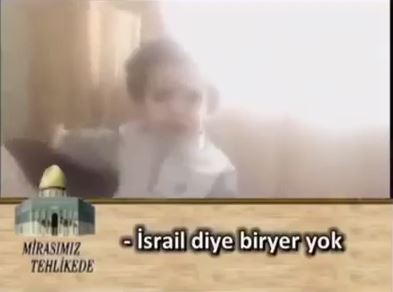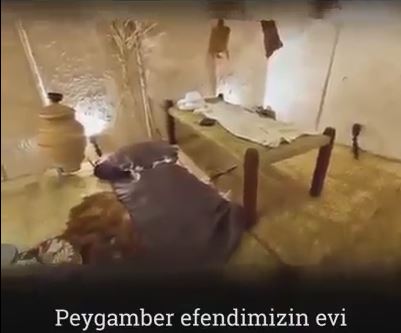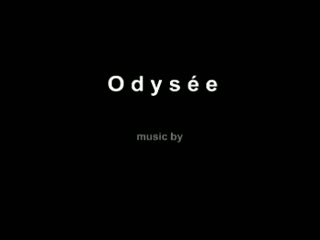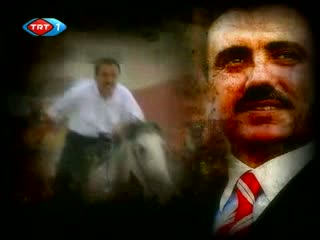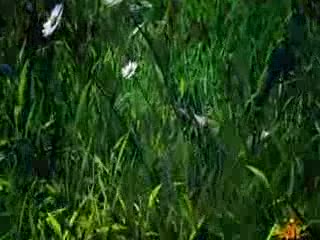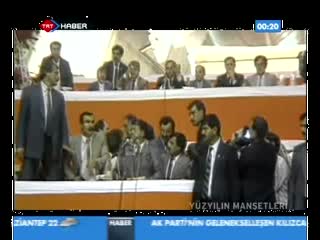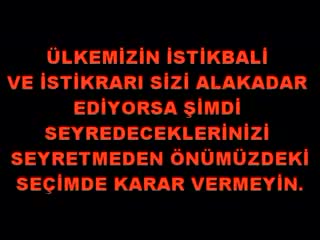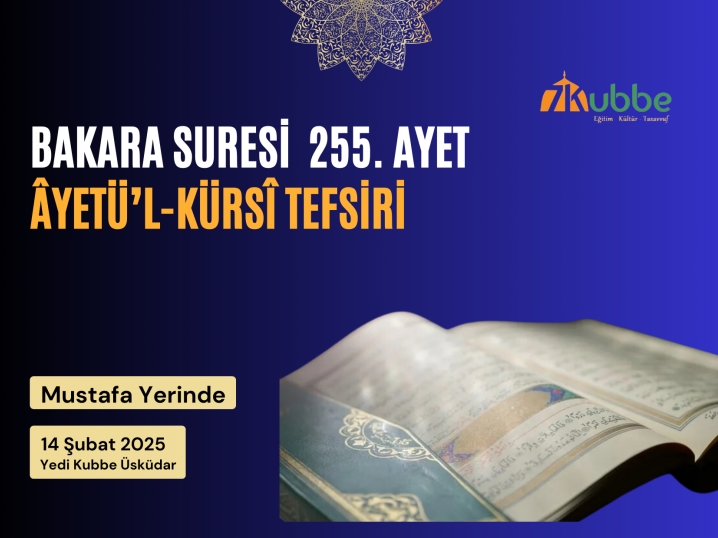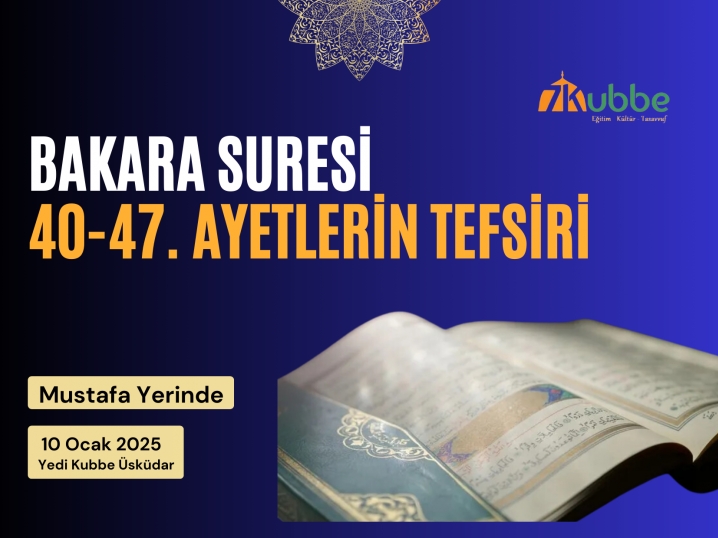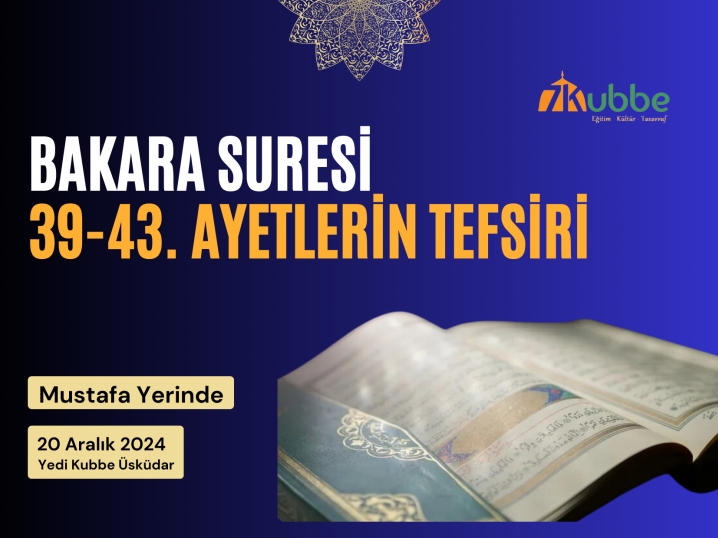- 18 Temmuz 2008
- 13827
Mevlana Muzesi Konya - Turkey
Mevlana Museum KONYA-TURKEY
The Mevlevi Sema Ceremony
The Mevleviye are anSufi order founded in 1273 in Konya, from where they gradually spread throughout the Ottoman Empire. Today, Mevleviye can be found in many Turkish communities throughout the world but the most active and famous places for their activity are still Konya and Istanbul.
Mevleviye are known for their famous practice of whirling dances. At their dancing ceremonies, orSema, a particular musical repertoire called ayin is played. This is based on four sections of both vocal and instrumental compositions using contrasting rhythmic cycles and is performed by at least one singer, a flute-player (neyzen), a kettledrummer and a cymbal player. The oldest musical compositions stem from the mid-sixteenth century combining Persian and Turkish musical traditions. The repertoire was continuously broadened, and the first notations were made from the early twentieth century onwards.
Dancers would receive 1,001 days of reclusive training within the mevlevihane, a sort ofcloister, where they learnt about ethics, codes of behaviour and beliefs by living a practice of prayer, religious music, poetry and dance. After this training, they remained members of the order but went back to their work and families, combining spiritualism with civic life.
Following a recommended fast of several hours, the whirlers begin to rotate on their left feet in short twists, using the right foot to drive their bodies around the left foot. The body of the whirler is meant to be supple with eyes open, but unfocused so that images become blurred and flowing. The Sematakes place in a large circular-shaped room that is part of the mevlevihane building. As a result of secularisation policies, all mevlevihane were closed in 1925. Many practitioners kept their tradition alive in private gatherings, and thirty years later, the Turkish government began to allow performances again, though only in public. From the 1990s, restrictions were eased and private groups re-emerged who try to re-establish the original spiritual and intimate character of the Sema ceremony.
During the thirty years of clandestiny, transmission focused rather on music and songs than on spiritual and religious traditions because the latter were forbidden. Today, the performances have been mostly deprived of their religious significance, with the consequence that they are no longer performed in their traditional context but in front of tourist audiences. The length of the sema ceremony has been truncated to cater commercial requirements, and a number of musical styles related to the rituals are in danger of disappearing altogether.(www.unesco.org)
mevlana konya spor turkey dervish mevlevi tourism selcuk �¼niversitesi sel�§uk zafer turizm celaleddin rumi adventure cityscape cruise culture destination events landmark nature travel log museum
-
Kudüs elimizden giderse ne olur?...
-
İsrailin başkenti neresi...
-
Evliyanın büyüklerinden, Ariflerin ileri gelenlerinden olan Hacı Ömer Hüdai Baba Hz.leri, 1821 yılında Harput'un Mürü köyü...
-
NASA yayınladığı videoyla, Ay'ın 4.5 milyar yıllık tarihini üç dakikaya sığdırmayı başardı. NASA'nın Ay Keşif Uydusu'nun...
-
Turgut Özal, Kartal Demirağ'ın suikast girişiminden kıl payı kurtuldu. Yapılan ilk müdahalenin ardından tekrar kürsiye çıktı. S...
-
Katilleri Tanıyın...
-
Şehid Aslan Mashadov...
-
Adana'da bir cami görevlisi, sözlerini ve müziğini kendisinin yazdığı, Kur'an-ı Kerim'in daha kolay öğrenilmesini sağlayan ilahiy...



